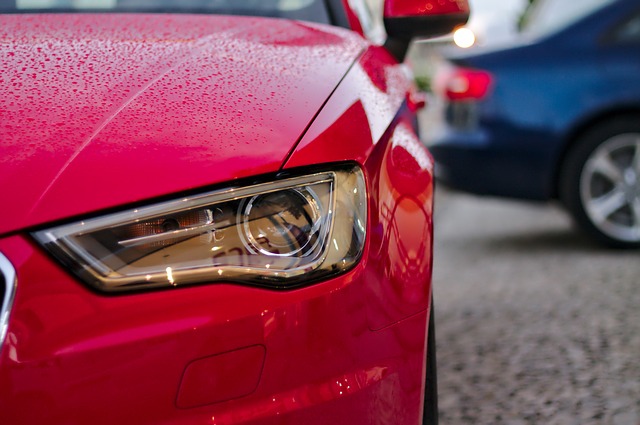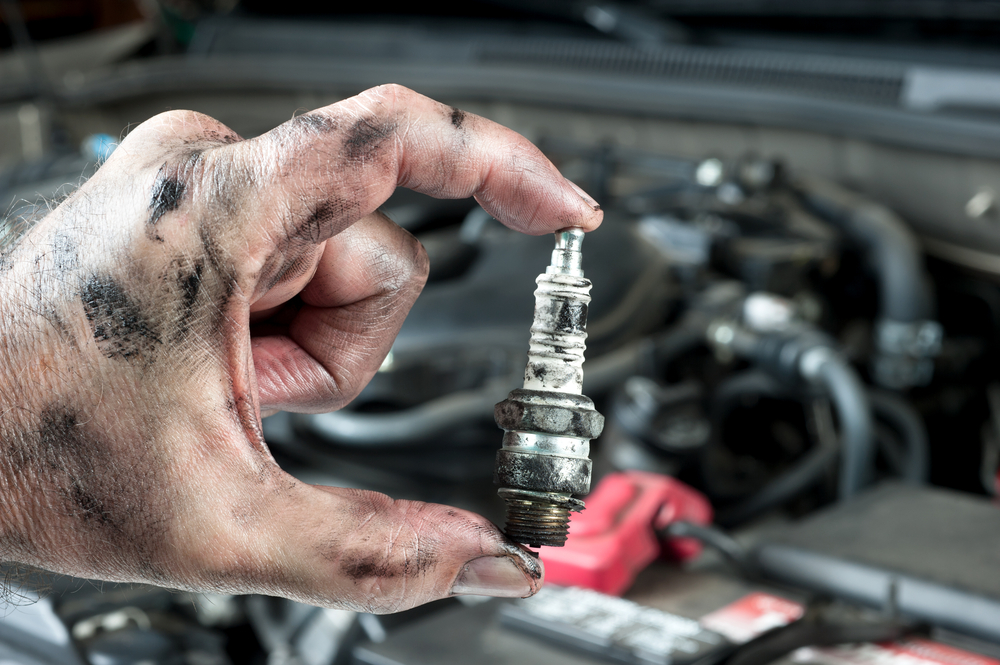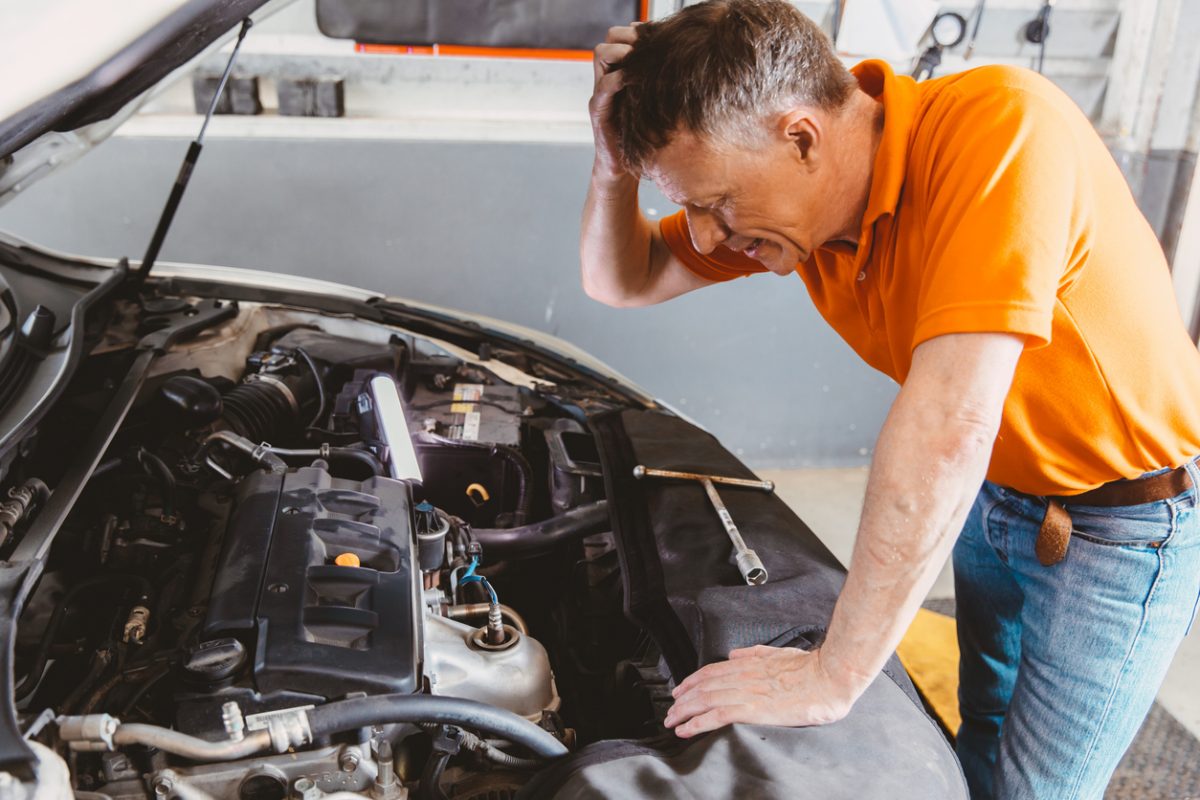Under the bonnet and inside the vehicle itself there are probably more car electrical parts than you might think. It’s an easy misconception to believe that the majority of electrical parts are located in the centre console of the vehicle, based around the stereo and the heating system; but without a lot of the components located under the bonnet the car wouldn’t even start.
In order for a car to fire into life, a number of different car parts need to work together at exactly the same time and it all comes from an electrical spark that ignites the fuel. Despite living in an era when many of us take technology for granted, expecting the latest gadgets like accident recorders to be working every time we need them, there are still times when issues can – and will – occur.
Battery or Alternator
Take cold mornings as a prime example. When you head out to your car in the winter to start your journey to work, you’re probably going to find yourself scraping the windscreen. This can be very frustrating and there is nothing electrical that you can do about this necessarily – other than starting your car and switching on your windscreen heater while you scrape the outside.
Unfortunately, if the cold weather has found its way to your car battery you might not even be able to start the car let alone to switch on the heater. A lot of car problems occur on cold mornings, and it’s not just the older models that are affected. Sometimes tired batteries in relatively new cars can struggle to find that spark, or there might be another issue, such as a problem with the alternator.
If your battery is not supplied with the power it needs then it’s just like any normal household battery when it will simply run out of ‘juice.’ This could be down to age, or the fact that it is not being charged by the alternator while the car is running. That is actually the main job of the alternator and many overlook this as a possible problem when their car fails to start.
A faulty alternator can cause a fault with the battery, so it doesn’t matter how many different car batteries you try; the issue will always be there in the background. This means that you are likely to encounter a number of other electrical issues, all of which can get very frustrating – and expensive – if you don’t correctly diagnose the problem with the alternator.
The simplest way of spotting any issues with the alternator is if your car starts to lose power while you’re driving. As previously mentioned, the alternator charges the car battery while it’s running, but if this isn’t happening you may notice the engine feeling sluggish and a number of problems inside the car. For example there may be issues with the lighting, such as the dashboard lights and, worse still if you’re driving at night, your headlight bulbs may start to dim.
Lights
You’ve got a number of different electrical parts inside the car, ranging from your stereo to the heated windscreen and of course the lights. Different makes and models have different car bulbs but they are all essentially the same, coming in the traditional bulb form or the more modern LEDs.

While the LEDs are designed to last much longer, traditional car bulbs can be just as bright and just as effective, but you need to stay aware of when they start to dim or when one bulb has blown. If you’re driving around with faulty car bulbs then other road users might make the assumption that – in the case of a broken headlight or taillight – you are actually a motorbike and not a car, resulting in an accident.
Then there are the issues with how much you can see yourself. Faulty headlight bulbs can result in dark areas either against the edge of the carriageway or in between the lanes. You should always pay close attention to your car bulbs and you should change them as soon as you notice a fault.
The best way to test your car lights is to park against a flat surface such as a wall or garage. You can then switch on your lights to see if the side and headlights work (on both dipped and full beam), and while you can do the same with the rear lights and reversing lights it’s best to have help on-hand so that you can press on the brake pedal and select reverse.
Spark Plugs
While the battery, alternator and lights are common electrical faults regardless of the age of your vehicle; there are other electrical parts that can break or wear over time. The spark plugs, for example, are worn down by a tiny amount every time they are used to ignite the fuel inside the engine.

If your car is turning over but taking longer than usual to actually start, it may be that one – or several – of your spark plugs (or glow plugs in the case of diesel engines), have worn out and need to be replaced.
Solenoids
Another major electrical issue is affected by faulty solenoids. Often referred to as starter relays, these small parts play a huge role in staring your car and powering certain parts such as the automatic door locks. As you start the engine the solenoid receives a large amount of power from a combination of the battery and ignition.
The job of the solenoid is then to distribute this power evenly to the starter motor and other areas, and to provide the power needed to automatically lock and unlock your doors as and when required. However, just like a fault with your alternator, issues can be put down to the car battery rather than the actual fault.
For more expert advice and industry news, take a look at our other articles, and remember you can find over 130,000 affordable parts both in store and online, at Euro Car Parts.



